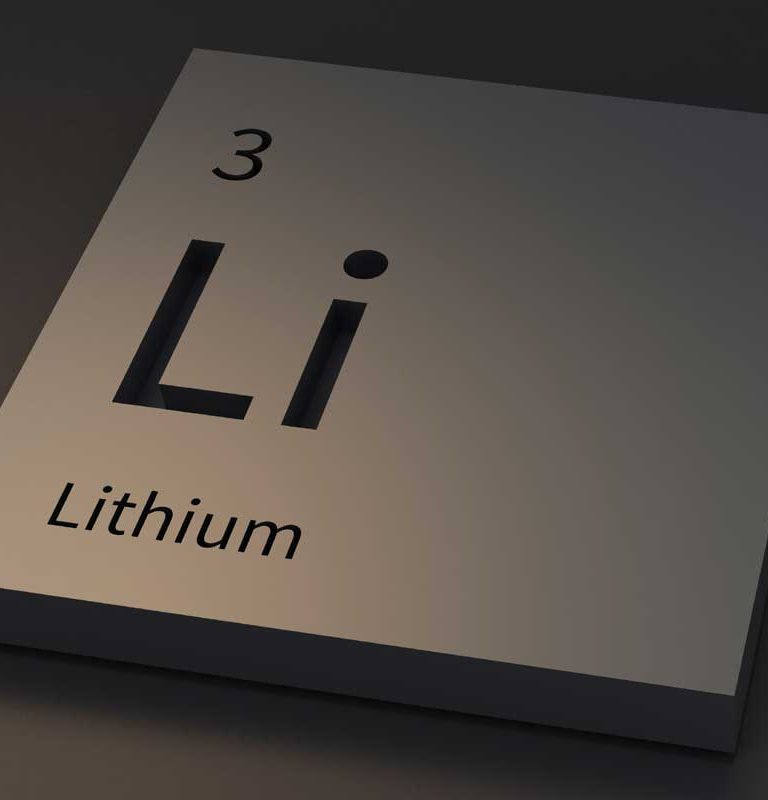
Unlocking a Cleaner Future with Lithium Technology
There’s no denying that climate change, along with the threat posed by carbon emissions, stands as one of the greatest challenges confronting our planet today. Both individuals and governments have come to realise that urgent action is needed to halt and eventually reverse this damaging trend. This urgency has led to stricter regulations on carbon output and substantial investments in research and innovation by leading companies across sectors like transportation, energy production, conservation, storage, and infrastructure, all aiming to accelerate the move away from fossil fuels toward cleaner, renewable energy sources. This shift is expected to grow even stronger shortly.
Among the industries set to expand significantly are solar and wind power generation, as well as electric transportation replacing vehicles powered by traditional fossil fuels. While Tesla led the charge, numerous manufacturers across the US, Europe, Japan, and China are now developing electric cars, buses, and trucks. But what do renewable energy producers and electric vehicles share in common? Simply put, they both rely heavily on large-scale rechargeable batteries: solar and wind facilities need efficient energy storage systems to supply power when the sun isn’t shining or the wind isn’t blowing, and electric vehicles depend on batteries to provide the energy that drives them. So, what is the common thread running through all these battery technologies?
The key element powering this revolution is LITHIUM. It stands out as the most efficient rare earth metal essential for the ion exchange process that enables batteries to store and release energy effectively. When considering factors like cost, weight, efficiency, power output, and recharge cycles, lithium outperforms all alternatives. With electric vehicles already becoming commonplace on roads, the expansion of supporting infrastructure—such as charging stations, battery supply chains, recycling facilities, and stricter emission standards—will likely cause the number of these vehicles to multiply exponentially over the next decade.
As demand for lithium surges and its supply remains limited, Edison Oil Company recognizes the significant investment opportunities in lithium extraction, refinement, battery production, distribution, electric vehicle manufacturing, and the associated infrastructure sectors.
Energy Industry
Addressing climate change is arguably among the most urgent global priorities today, alongside challenges like poverty reduction, food security, and fiscal management. To combat environmental issues, countries are expected to implement strict regulations curbing industrial carbon emissions, transition energy generation towards cleaner technologies, and phase out traditional fuel-powered vehicles in favour of electric alternatives. Currently, the widespread adoption of electric vehicles is hindered mainly by insufficient infrastructure and limited manufacturing capacity. However, these obstacles are expected to be overcome significantly within the next five years, setting the stage for rapid growth in clean transportation.
Lithium’s Role in Powering the Future of Energy and Transport
All electric vehicles and renewable energy systems share one essential component—batteries that store and deliver electricity. The critical element powering these batteries, whether for our gadgets, vehicles, homes, or industrial facilities, is lithium. This metal remains irreplaceable in creating affordable and efficient batteries, and its demand is expected to surge dramatically.
1) Primary Stage
Lithium reserves are finite, with over half located in the Lithium Triangle region of South America. Other significant deposits exist in countries like China, the United States, Australia, and Canada. However, extraction costs vary widely, influenced largely by geological conditions, labor expenses, and production methods. South American sources tend to offer the most cost-effective mining opportunities. Investment prospects will focus on mining companies with strong financial health, promising leases on high-yield land, and logistical advantages for supplying key markets. Additionally, acquiring or leasing mineral rights to lithium-rich areas remains a possibility.
2) Secondary Stage
At this level, companies specialize in refining lithium ore and manufacturing batteries. Given the anticipated explosive growth in demand, millions of batteries with typical lifespans of 4 to 5 years will be needed. Currently, charging these batteries requires several hours, so home charging overnight is the norm. To complement this, service networks are expected to emerge, offering battery swaps much like today’s fuel stations. Battery makers will also provide storage solutions for renewable energy sources like solar and wind farms, regardless of scale. This segment offers strong growth potential and room for innovation in technology and production.
3) Tertiary Stage
This stage encompasses industries relying on finished batteries with a high lithium content—approximately 40% by weight. This includes electric vehicle manufacturers and producers of solar power systems, wind turbines, and consumer electronics such as smartphones and laptops. The electric vehicle sector, in particular, is poised for rapid expansion. Beyond pioneers like Tesla and Nio, established automakers such as Volkswagen, Toyota, Nissan, Fiat, and Daimler are developing electric cars, trucks, and buses. All major manufacturers will inevitably shift focus toward electric models. Sales of EVs are expected to skyrocket, with companies solely dedicated to electric vehicles likely to see the greatest growth. Traditional carmakers will rely on EV sales to offset declining demand for combustion engines.
4) Supporting Infrastructure
For this transportation revolution to succeed, comprehensive infrastructure must be established. Private enterprises will primarily focus on operating networks of service and charging stations, as well as managing battery recycling programs. For example, a relatively small U.S.-based company listed on the NYSE has strategically acquired land along major highways to develop EV service centers. Its stock price soared from $3 to $45 between July 2020 and early 2021, reflecting investor confidence in this growing sector.